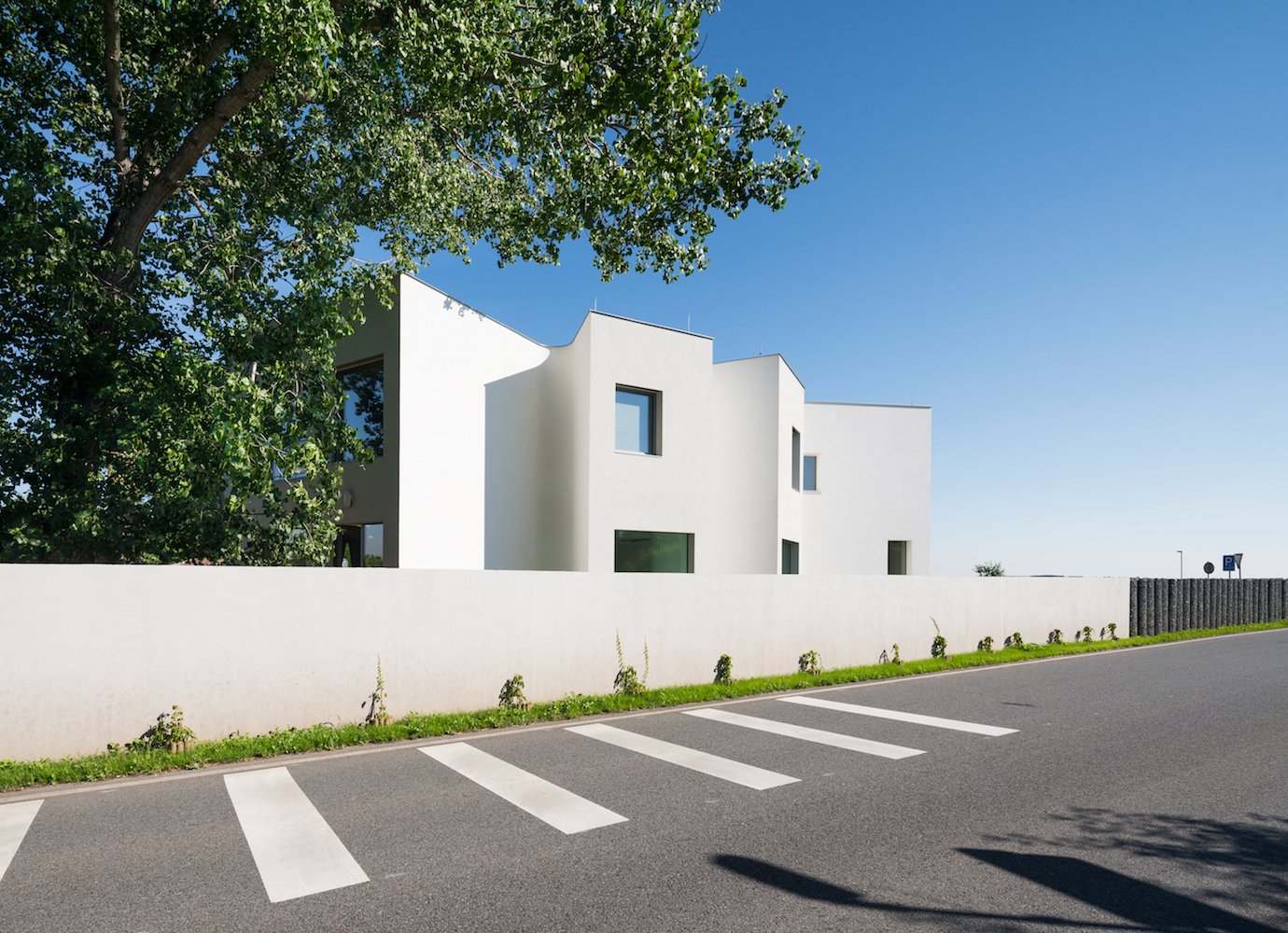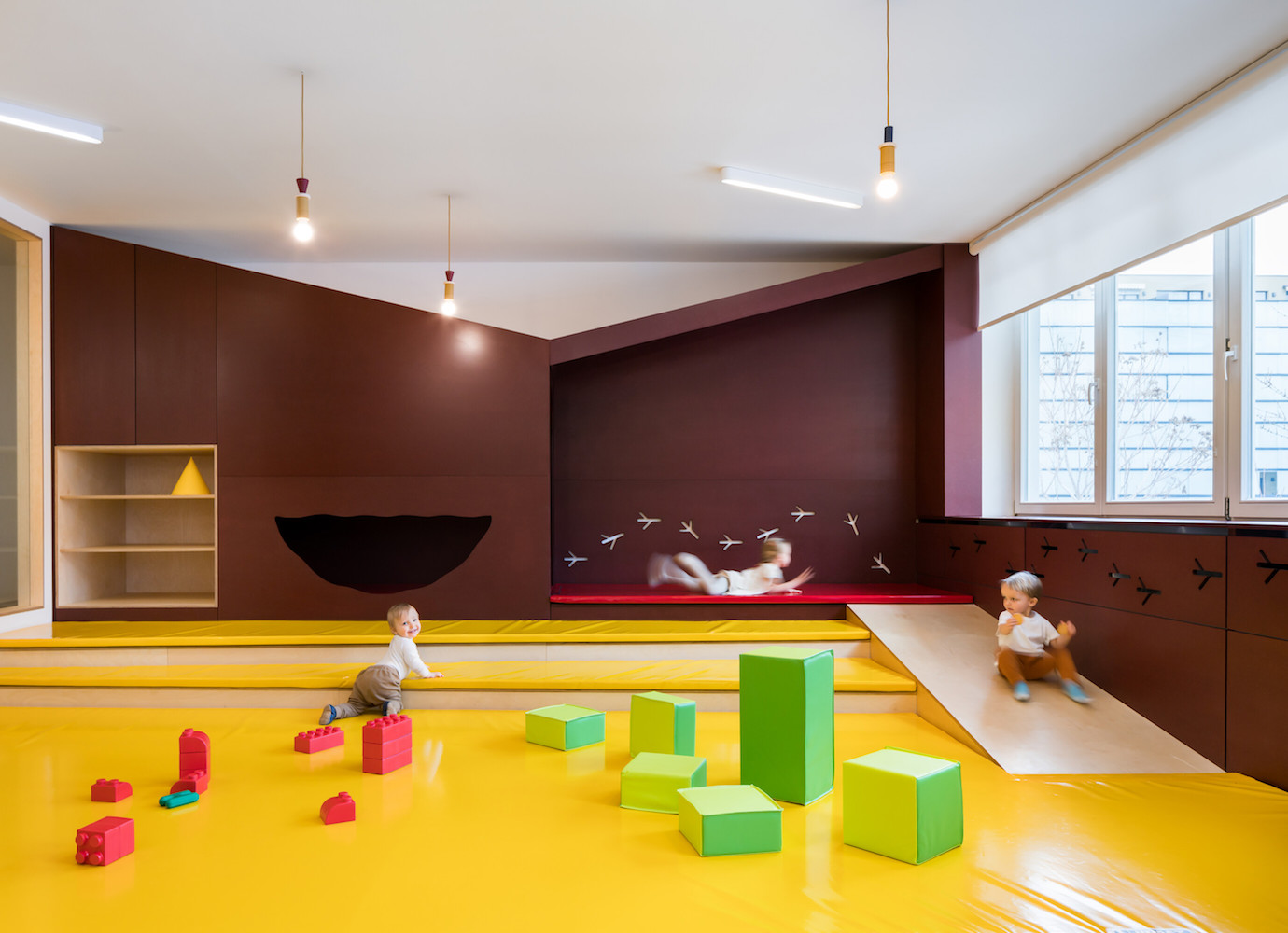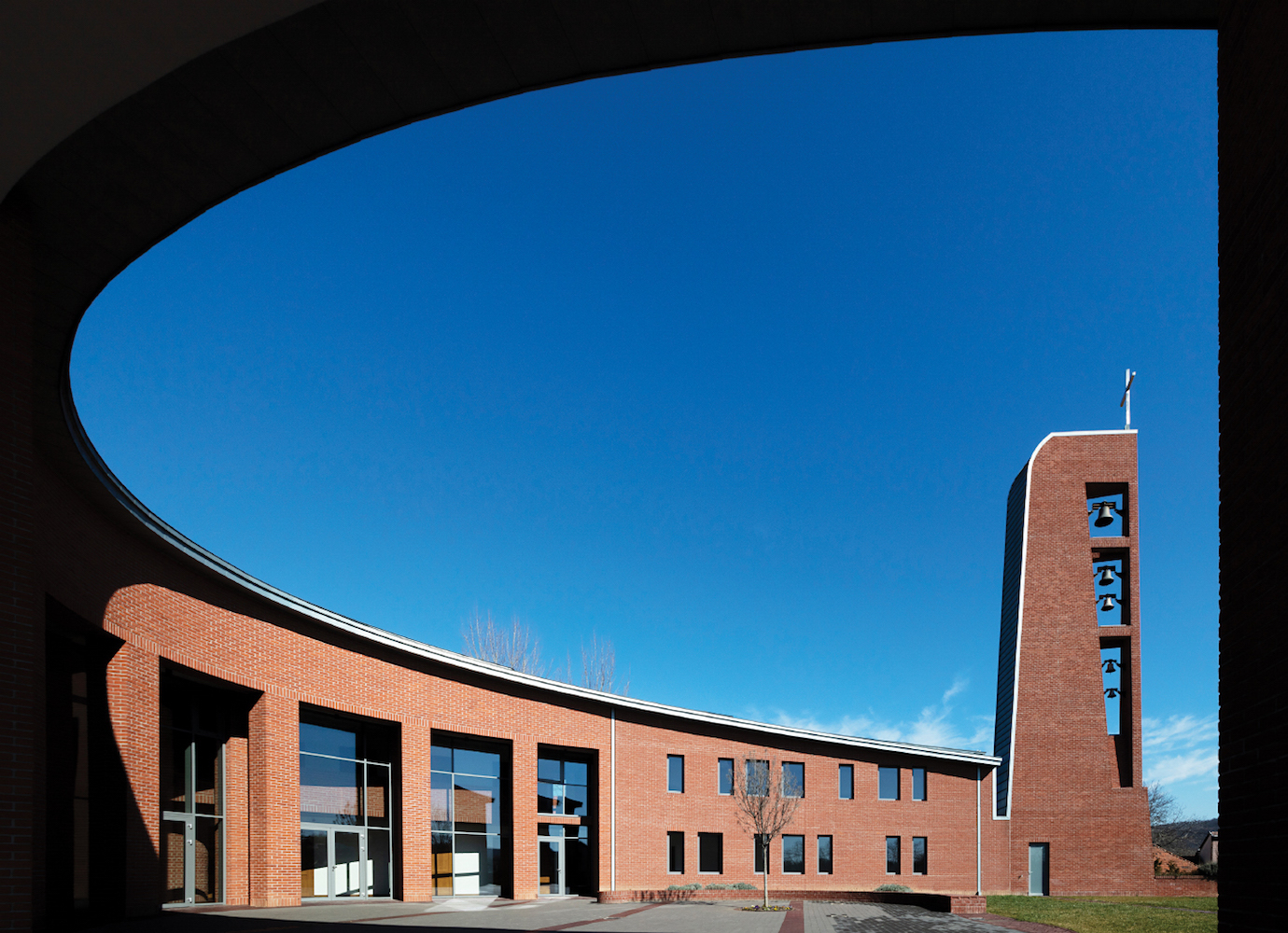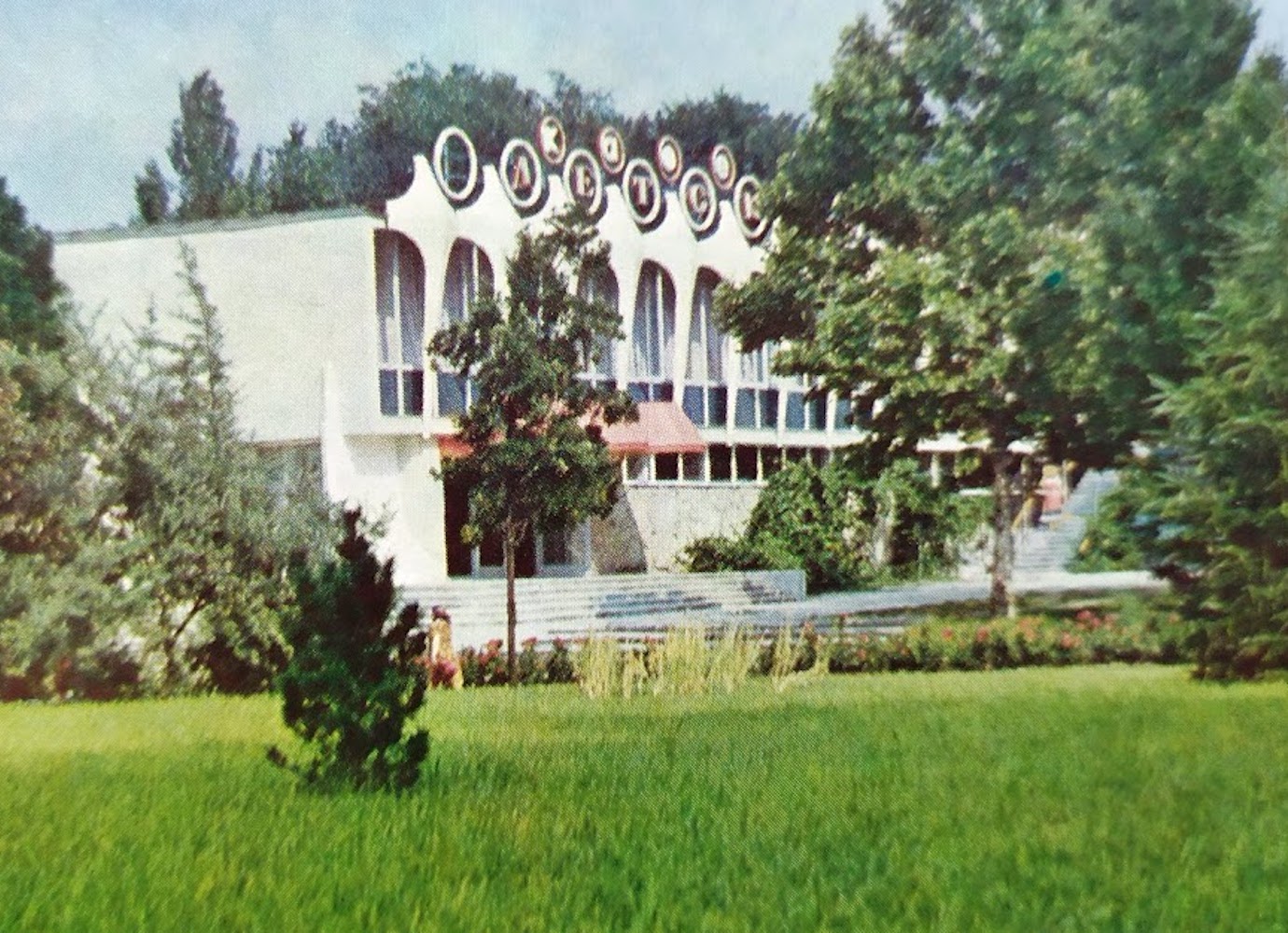Can architecture help our children learn? A Czech kindergarten puts Montessori principles into practice | Concrete Ideas

In a Montessori classroom, “learning corners” promote independence and nurture children’s curiosity. In practice, that means that kids can independently choose their preferred activity for the day and get on with it in a specialised area dedicated to their needs: whether that’s gardening or building a bench in an outdoor enclave, reading in the book corner, drawing in the arts spot, or cooking in the kitchen.
This concept was at the core of NoArchitects’ design of the Astra Montessori kindergarten in Klecany, a small town near Prague. Raised between 2014 and 2019, the resulting building is formed of five different areas, each thrusting out from a central core, but still connected to each other via rounded corners. In addition to the raised structure, the garden is also segmented into a terrace and a grass lawn.
As well as its ideological roots, the shape of the building was based on practical needs: NoArchitects sought the sunlight, in a bid to avoid dark corners. “If you ever saw a graphic of daylight intensity in an interior, it looks a bit like this layout,” Jakub Filip Novák from NoArchitects tells The Calvert Journal.
White and minimalist inside and out, the kindergarten interior is decorated with natural materials, aligned with the Montessori philosophy of treating children with the same respect one would treat adults.
Among the very few purely decorative elements of the design are wooden and grey origami-like sculptures representing animals. The architects were inspired to create the pieces after one meeting where their clients presented them with “tools” (a key concept in Montessori education is avoiding the term “toys”, and using the concept ‘learning tools’ instead). “We liked it and the idea it represents: small kids are learning how to develop their understanding of the world they live in and the people they meet,” Novák says. Indeed, the key principle that the architects quote at the top of their Montessori project is: “The world does not belong to obedient children. The world belongs to those who know the world well enough to be able to change it.”
Through their design, NoArchitects also hoped to instil children with curiosity towards architecture itself. “Our ambition was to prepare a segmented environment on the limited land available, in a way that would attract the children’s interest and help them to perceive the world and think about architecture as something new and intriguing,” they explain.
As a public place, the kindergarten has also become a key meeting spot in Klecany. Set in a small suburban town, the building was initially an “island” between three roads. Architects and owners have since been able to pedestrianise one of the streets, which has made the place quieter and friendlier. “[The building] has since become a landmark,” Novák adds, “locals have their own nicknames for it and organise rendezvous there – everyone knows it.”


